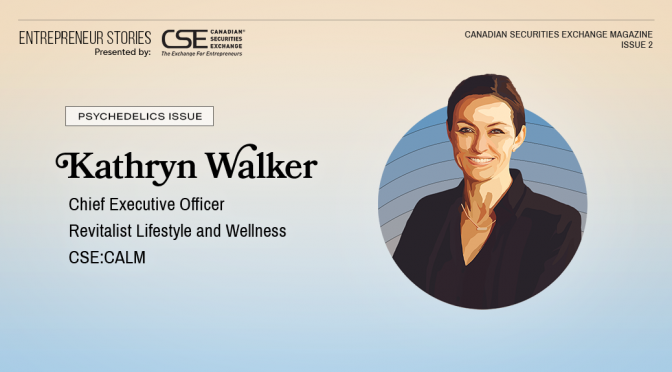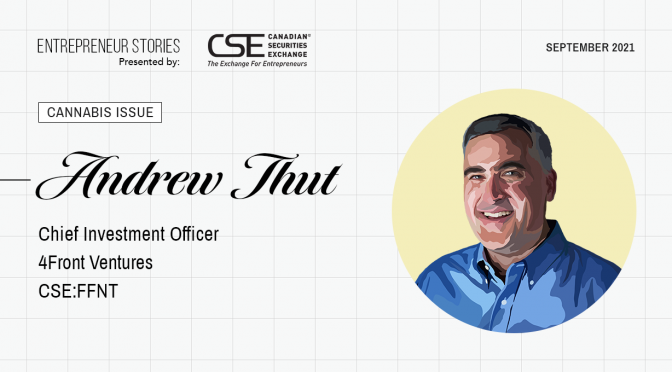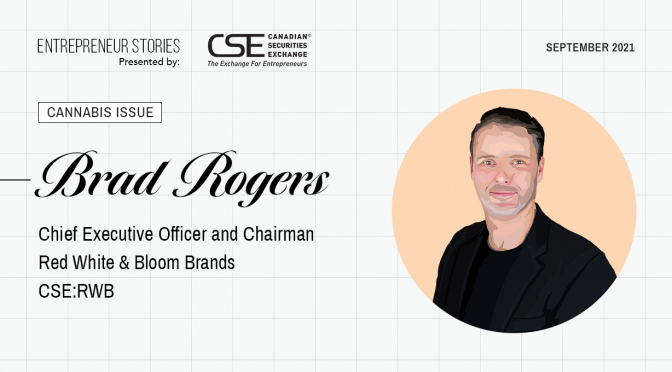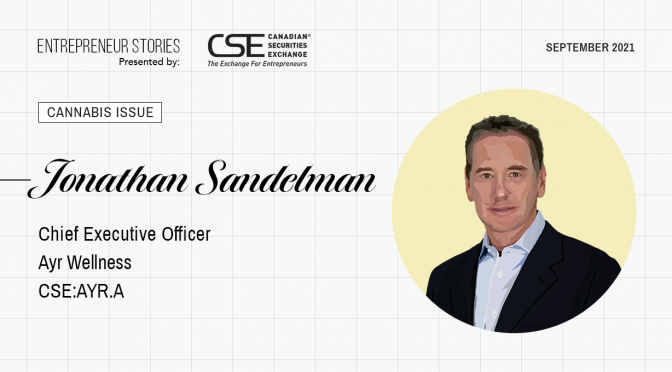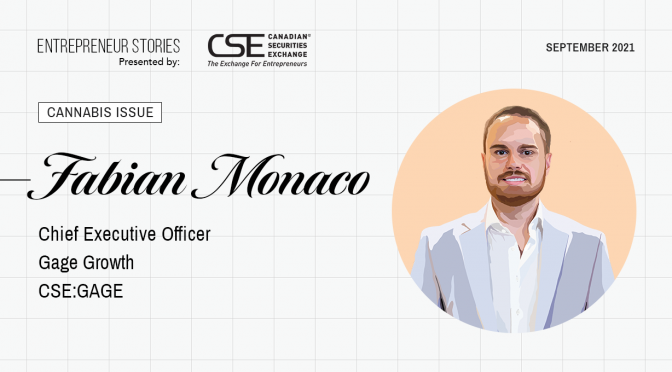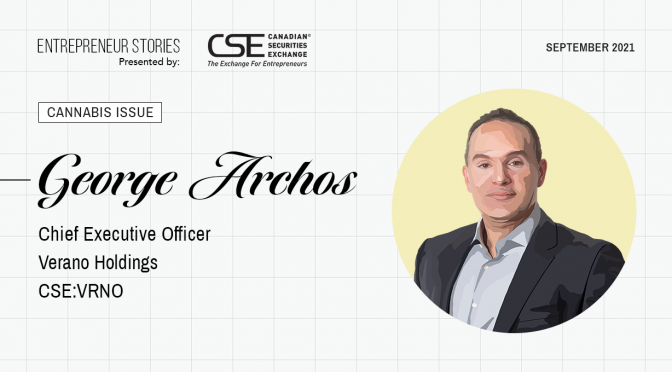An estimated 265 million people worldwide suffer from depression, with the related cost to society – financial and otherwise – almost too great to comprehend. A Stifel GMP research report published in January 2021 indicates that psychedelic-assisted psychotherapy clinics have an addressable market opportunity in the US alone of US$10 billion to $11 billion.
Knoxville, Tennessee-based Revitalist Lifestyle and Wellness (CSE:CALM) operates five ketamine infusion clinics in the United States. The company is dedicated to empowering individuals to achieve improved quality of life through a combination of comprehensive care and future-focused treatments provided by medical professionals, mental health experts and chronic pain specialists.
In a recent interview with Canadian Securities Exchange Magazine, Revitalist Chief Executive Officer Kathryn Walker discussed the company’s growth plans and the advantages of its business model.
How does Revitalist distinguish itself from other publicly traded mental wellness companies? What makes your model better?
Revitalist is the first clinic model to effectively integrate medical and mental health providers working in a team manner with each client. It’s something the medical community has been wanting to do for 30 years, but no one’s really known how to do it. Therapists have started working in medical providers’ offices, but they still don’t work seamlessly on the topic at hand.
The opportunity that we have with psychedelic treatments is that medical providers are making sure the client is safe while the mental health providers are intervening actively during the session, focusing on unfolding the unhealthy conditioning the brain has acquired through many years of ineffective treatments and therapies. We are the first effective model that is being actively covered by insurance, allowing us to expand access to individuals across the country.
What specific roles do psychedelics play in the treatment methods?
At this time, Revitalist primarily provides ketamine infusions. With the psychedelic piece, we have therapists that are trained through the FDA MAPS program. We also have anesthesia providers that have administered every intravenous medication, making them experts in critical care medicine and giving our clients that extra layer of safety and care.
Our anesthesia providers are oftentimes referred to as “pharmacologic physiologists.” In a time where psychedelics are being actively formed in research labs, an excellent person to have on your team is a pharmacologic physiologist. As the pharmacology piece evolves with FDA approval of these exciting medications, the big pharmaceutical companies will want CRNAs (Certified Registered Nurse Anesthetists) as part of their team, and Revitalist will be able to meet that need.
The mental health system is only about 30% effective with its current treatment models. This includes many of the medications that are prescribed, including SSRIs, SNRIs, TCAs and MAOIs. Anesthesia is more than 99% accurate.
What would you say has been Revitalist’s most significant accomplishment thus far?
I think the most significant accomplishment we have right now is in the works, where we are bringing the inpatient experts to the outpatient world. The providers we have with our company are all top line. They know how the current system operates, and they are aware of what should be converted to this system, and what should not.
Revitalist is here to create an entire new model of healthcare that will bridge the old system of health to the new system of psychedelics.
In the hospital sector, when a patient comes to the hospital, we know we have a team on standby and we are going to work together to give that person the best care they deserve. As medicine and insurance companies have evolved, so has our inpatient healthcare system. Now is the time to recreate a healthier structure that is more cost effective in an outpatient environment.
I personally think the mental health and medical system is imploding. The system is off balance, and everyone in and around it can feel that imbalance. We keep seeing more of it every day. Revitalist and the providers who know that system are reshaping a new one, and we are so ready and excited to do so. We’re able to address this issue not only locally and nationally, but also globally as our medical licenses are able to cross lines in over 39 countries.
The healthcare sector needs to recognize that it is in a transition period. It’s like changing homes. They need to leave behind what isn’t necessary and only take what makes sense for the system going forward. Only providers that understand the “old” system and realize the positivity of the “new” will be able to lead the bridged transition. The providers at Revitalist will be that bridge.
What needs to be done to take Revitalist to the next level? Talk about your growth strategy.
We plan on opening 48 clinics in 2021 and 2022 with a goal of having 157 locations in 2025.
What sets us apart is a shared governance with our clinic model. Our recruitment is key, and it makes us stand alone in this space. We have our lead providers, we have corporate personnel that can also act as providers, and we have our own locum providers. This allows us to create and keep consistency amongst every facility we open.
We provide every clinic we open with access to our operations teams, human resources departments, training centres, and marketing team, allowing robust support to everyone involved with our company. And that upholds a quality of care that is consistent across the board.
Continuity of care is something we want every person that goes into a Revitalist to know and understand. If you are in Maine or in California and you see a Revitalist, you will know what you can expect from us.
Are the clinics you’re acquiring already profitable? What are their sources of revenue?
We’re probably doing a 90-10 split – that is, we are building 90% of the clinics and then acquiring approximately 10%. The space is very fragmented when it comes to psychedelics, and with ketamine clinics a lot of them are part-time clinics that are not making revenue. These are clinics that others seem to be acquiring, but this is a decision we feel would not benefit our company or our investors. Our location specialists analyze data for facility placements to find the biggest bang for our buck. We place our clinics with strong university presence and veteran hospitals, allowing continuation of our base revenue lines.
What do your shareholders have to look forward to in the next 12 months?
We have so many strategic partnerships coming to fruition. One of the biggest services we offer that sets us apart from the others is the fact that we accept federal and commercial insurance. We are also positioned with Veterans Affairs (VA). We have contracts allowing veterans to be directly referred to us under the protocols specific to the individual VA locations.
I think we’ll see insurance companies learn to accept it more. And we do have our own internal insurance team of specialists which, again, sets us apart immensely. We will be able to provide access to this on a cost-saving basis. If you look at what we need to operate, it’s about 10% cost-wise as compared to our competitors. We have so many projects going on behind the scenes, it’s going to be exciting seeing it all unfold.
One of the many reasons we are cost effective is because of the prices we charge. Our average is $275 per infusion, and I know some of our competitors charge on average around $1,200. If you’re charging $1,200, that’s really going to limit a lot of individuals’ access to these services, especially when they’re not accepting insurance. Given that we can accept insurance and our cost is significantly lower, I think you’ll see the need for our services develop much more quickly. For our investors, we’re working on becoming the first comprehensive psychedelic centre in the world.
This story was featured in the Canadian Securities Exchange magazine.
Learn more about Revitalist Lifestyle and Wellness at https://revitalist.com/

